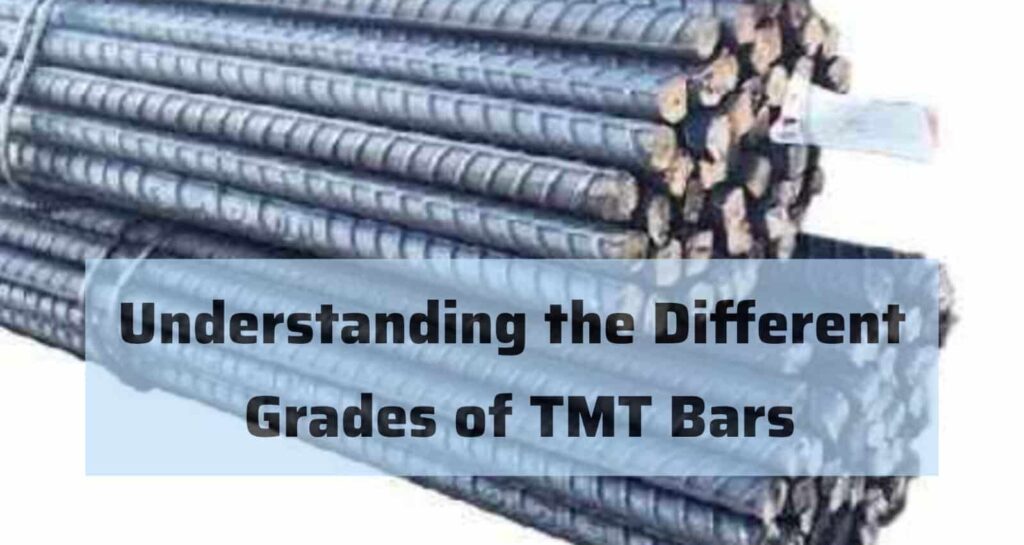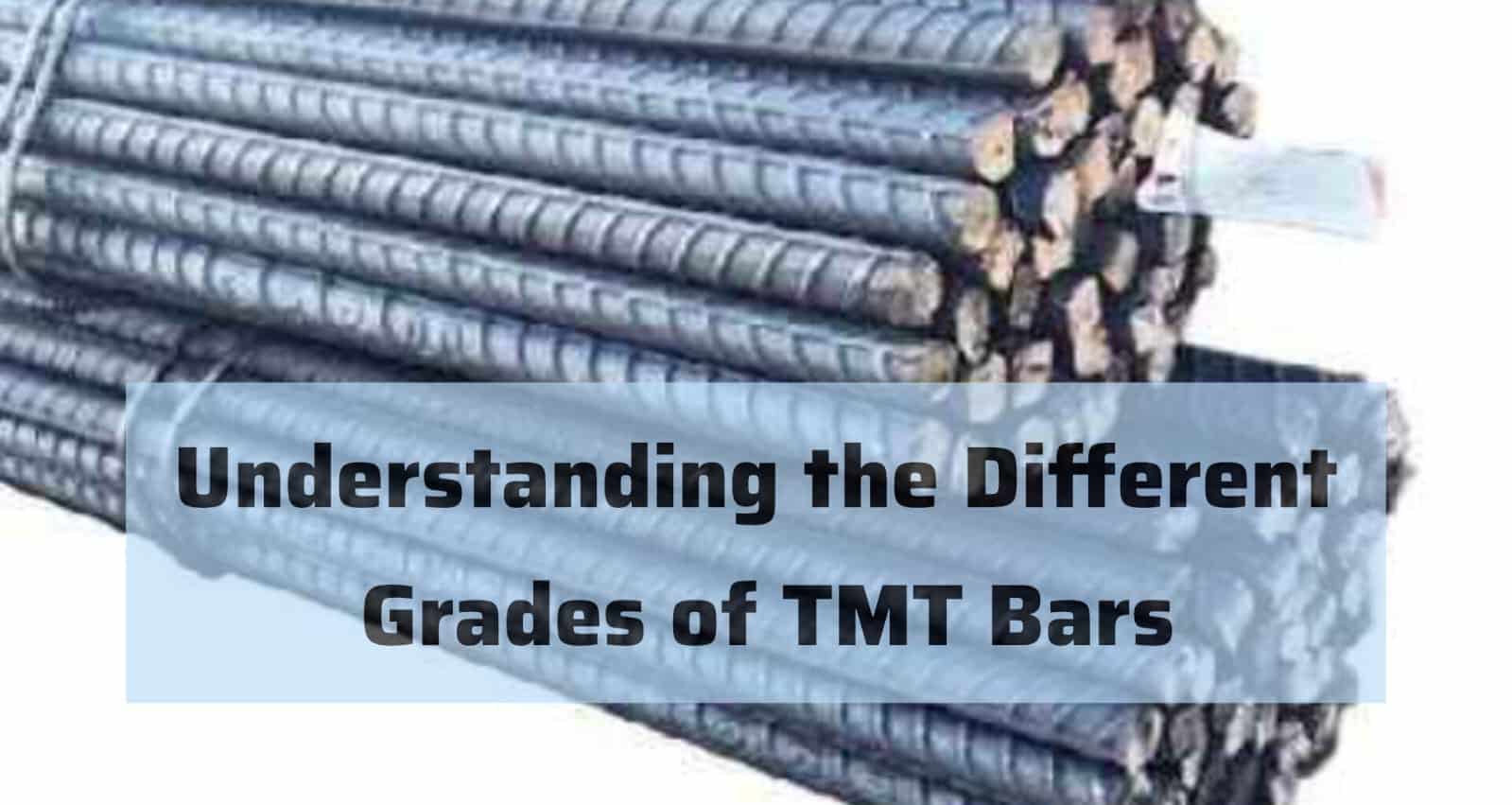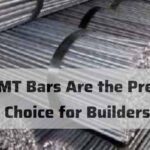1. Overview of TMT Bar Grades
TMT (thermomechanically treated) bars are one of the main requirements for today’s construction. They are characterized by high strength, ductility, and a high degree of durability.

Nonetheless, not all TMT bars are of the same nature. It is available in different grades, and the grades determine the construction requirements for which the material is suitable. For builders, architects, and homeowners, it is important to comprehend these grades. This knowledge enables them to make the right choices depending on their project needs for the TMT bar to use.
2. Fe 415: Suitable for Residential Construction
Fe 415 is among the most popular grades of TMT bars on the market. It is especially used in the construction of homes. This grade is flexible but also quite strong. This makes it ideal for use in low-rise construction, buildings, houses, and any other construction where high tensile strength is required. But this is not necessary in these cases to the same extent that rigidity is in other cases. Fe 415 TMT bars are specifically noted for their superior weldability. This enables easy handling when the construction of the building is in progress. For homeowners and builders, especially those who are concerned with the safety and cost of construction, Fe 415 is a reliable brand.
3. Fe 500: The Standard Choice for Commercial Projects
Fe 500-grade TMT bars are popularly used in commercial structures, buildings, and complexes. These are tall structures such as high-rise buildings, bridges, and other industrial constructions. Fe 500 bars are used to offer more strength than Fe 415, due to the higher tensile strength. They are particularly suitable for use in structures that have to support massive loads or experience a lot of environmental pressure. This grade is preferred for applications that would require higher strength, more resistance to earthquakes, and durability. The ease of access and the adaptability of Fe 500 make it one of the most popular products in the construction industry.
4. Fe 550 and Fe 600: For Heavy Construction
When it comes to projects that require the maximum degree of strength and durability, Fe 550 and Fe 600 grades are the best. These grades are commonly employed in the construction of dams, bridges, and other civil engineering structures. These projects call for outstanding load-carrying capability. Ironically, Fe 600 is one of the most popular grades, and it is the strongest grade among all the popular grades. It provides the best protection against deformation due to stress. These kinds of grades are, however, more costly than the other grades, hence the need to use better grades in high-risk construction.
5. Selecting the Right Grade for Your Project
The choice of the right grade of TMT bar depends on the nature of the construction work that is to be done. In the case of residential buildings, Fe 415 or Fe 500 may be adequate. However, Fe 550 or Fe 600 could be useful in commercial and infrastructure projects as they offer extra strength. It is advisable to seek advice from a structural engineer or a construction expert to ascertain the most appropriate grade. This helps in that it guarantees safety, the structures’ longevity, and their ability to be cost-efficient.
In conclusion, it is very important to learn about the various grades of TMT bars so that the right decisions can be made when constructing a building. When the right grade is selected, the structures being put up by builders and homeowners will be safe, durable, and long-lasting.
To find out the price of TMT bars price in Jaipur, you can visit the ask section of tmtpricetoday.com.

